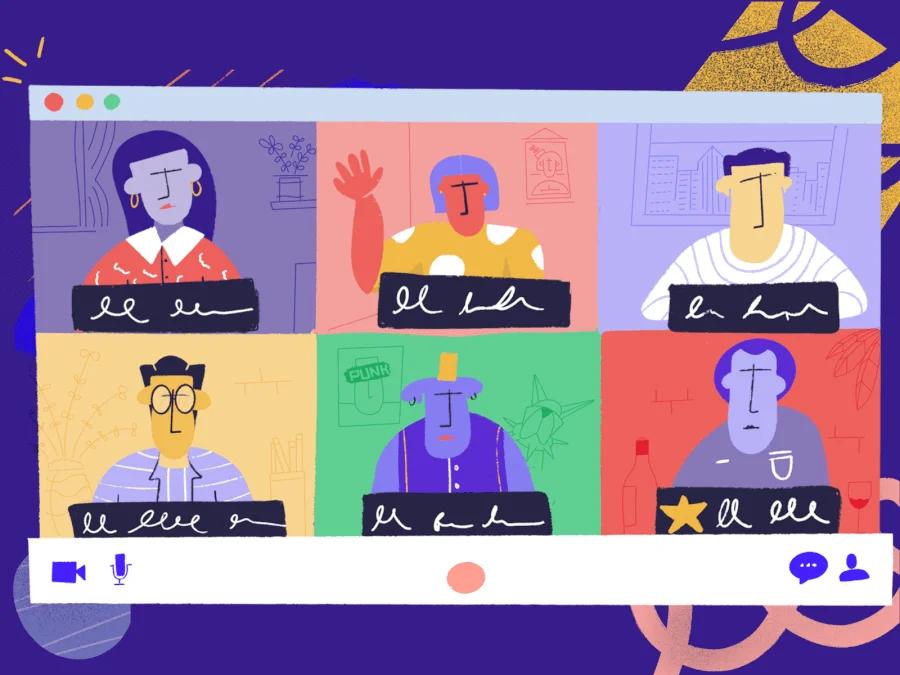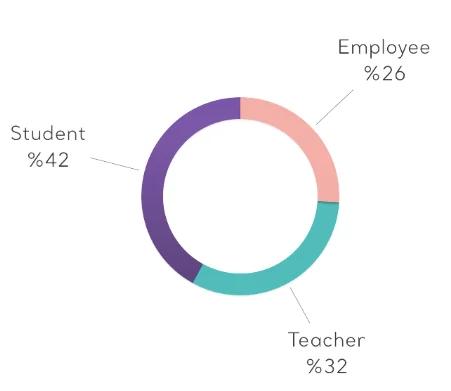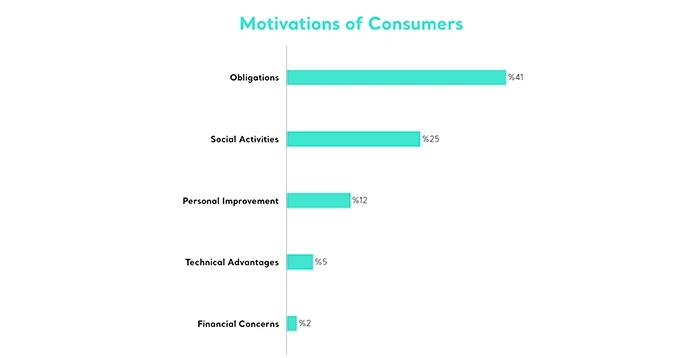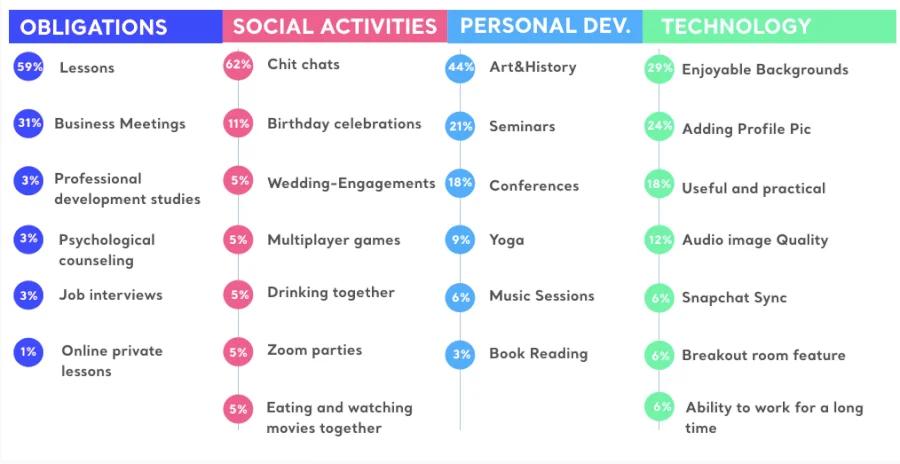Social Listening Analysis: ZOOM
Dec 29, 2025 - 4 minute read
Brands have been listening to their customers in digital for almost ten years now. Considering the “social listening” or “social monitoring” sector has become very crowded in the last few years, we decided to put some of our work and show how we treat data as a data analytics company.
As we all know, gathering conversations on digital channels is not a skill anymore. There are hundreds of companies all around the world that brings conversations on digital channels. So, where is the magic here? How should a brand have the benefit of these conversations?
The magic lies in categorization. So let’s dig some analysis that we have done for Zoom.

We have gathered 10.000 conversations about Zoom using Kimola between the 6th of April - 28th of April 2020, and we have found out the motivations and needs of consumers who use Zoom. The categorization technique that you’ll see today is a unique point of view at Kimola since Kimolanions treat data as gold and try to make the most out of it.
Sentiment Analysis of Zoom

Looking at the sentiment analysis between these dates, positive conversations about Zoom are about personal development activities, workshops, and technical Zoom features such as backgrounds. Negative conversations are all about the security news as expected. The peak point is security discussions.
Topic Distribution of Zoom

When the shares were analyzed, the contents were collected in 4 different categories. While 65% of users talk about their motivations and reasons for using ZOOM, 28% share their criticisms about the application. Also, 5% of users share how they feel while using the application, and 2% make various suggestions for further development.
Source Distribution of Zoom

While analyzing the conversations, the source is always essential. While students shared 42 % of the content, 32% of the content was shared by teachers and 26% by people who started working from home. Online education is a big step for everyone, and it became a trending topic since the 16th of March.
Distribution of Motivations
The other important thing while categorizing conversations is understanding the deeper motivations of customers. If we can understand their motivations deeper, we can enlarge our communication plan through those motivations. ZOOM lovers have five main motivations to use the app. The audience has to use Zoom for their obligations, such as lessons, meetings, interviews. Apart from that, users who try to maintain the feeling of togetherness during the quarantine period perform various activities through the application. Some users prefer to participate in multiple seminars, interviews, and conferences for personal development during this period.

So what are the subcategories of the motivations that we have been mentioning? We also categorized the content to dig their motivations.

Criticism

ZOOM users have posts that criticize the app. 71% of these shares are related to the security vulnerabilities of the application. With the news on the agenda, users state that they have started using apps such as Teams, Jitsi, Skype, Webex instead of Zoom.
ZOOM makes others feel lonely

We also discovered some conversations of ZOOM users that share how they feel while using the app. Sharing screenshots of chats with crowded groups of friends on social media makes some users feel lonely. On the other hand, the app turns into great enthusiasm and happiness for some users because meetings motivate people to be well-maintained.
If you are interested in understanding your consumers, categorization is crucial. Having the point of view of a researcher is important than anything. Let's meet if you'd like to hear more about social research. You can always reach us via Contact Sales Page or you can book a call via Calendly.








